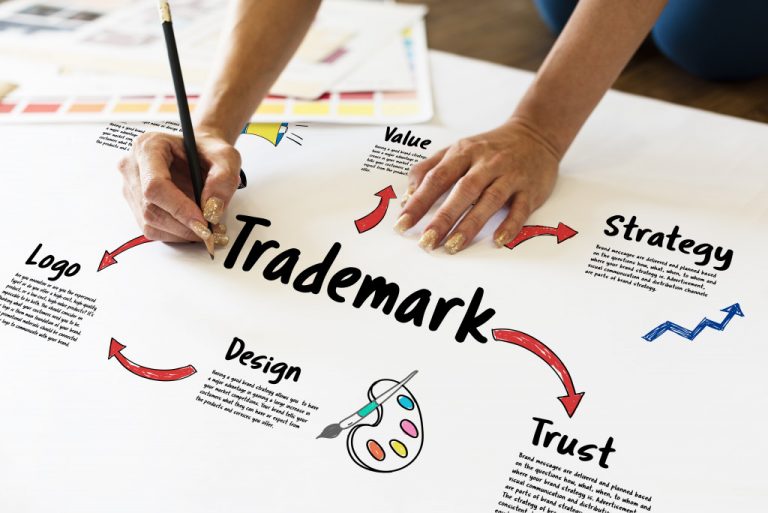- Technology streamlines product development by enhancing market research, audience identification, feedback collection, and trend analysis.
- Technology, like CAD and 3D printing, allows for enhanced prototype design, team collaboration, and cost-effective production.
- Big data engineering is paramount in modern product development, aiding in decision-making and product refinement.
- Leveraging digital trends and tools leads to products that exceed consumer expectations, ensuring successful launches.
In the digital age, technology is everywhere and affects nearly every aspect of people’s lives. This includes the way products are developed and brought to market. As a tech nerd or startup entrepreneur interested in technology, business, DIY, and digital trends, you need to know how to leverage technology for product development. This comprehensive guide will explore the ins and outs of using technology to develop and launch successful products.
Conducting Market Research
One of the first ways that technology can be used to improve the product development process is by conducting extensive market research. This includes using online tools to conduct surveys, analyzing social media trends and consumer behavior, and using data analytics to help you understand what features people are looking for in a product. Here are other factors to take into account:
Identifying Your Target Audience
Identifying your target audience is key to a successful product launch. Utilizing technology can streamline this process significantly. By utilizing digital platforms such as Google Analytics, social media insights, or CRM software, you can develop a comprehensive understanding of your audience’s demographics, preferences, and behaviors. This information will guide your product development process, ensuring your end product aligns closely with your audience’s needs and expectations.
Gathering Feedback
The integration of technology in product development also facilitates the gathering of feedback — an instrumental part of any product’s life cycle. With online platforms, you can easily connect with your customers and get real-time feedback. This includes using social media platforms to conduct polls or surveys, leveraging email marketing for personalized feedback, or utilizing online chatbots on your website.
Staying Ahead of Trends
In the fast-paced world of technology, staying ahead of trends is crucial to maintaining the relevance and competitiveness of your product. Emerging technologies and digital platforms can help you track and forecast trends in your market. Tools such as social listening platforms and predictive analytics software provide valuable insights into current and upcoming trends. By incorporating such tools into your product development process, you can anticipate market shifts and adapt your product accordingly to meet the evolving needs of your audience.

Building a Prototype
Once the product design is finalized, technology can help with building a prototype. Using 3D printing technology, you can rapidly produce multiple iterations of a product and test it with potential users. Here are some tips to follow:
Enhancing Design and Functionality
With the use of technology, product designers can enhance the design and functionality of their prototypes. Computer-aided design (CAD) software allows for precise measurements and detailed designs, resulting in a more accurate prototype. Virtual reality (VR) and augmented reality (AR) technology also play a significant role in testing the functionality of a product and identifying any potential issues before the final product is produced.
Collaborating with Team Members
Technology enables seamless collaboration between team members during the prototyping stage. With cloud-based project management platforms, team members can access and work on design files in real time, regardless of their physical location. This eliminates communication barriers and ensures that all team members are on the same page throughout the product development process.
Cost-Effective Production
Using technology for prototyping can also save time and money in the long run. 3D printing eliminates the need for expensive molds or production processes, allowing for quick and affordable testing of multiple prototypes. This not only speeds up the product development process but also reduces costs incurred during traditional prototyping methods.

Considering Big Data Engineering
Big data engineering is an essential part of modern product development, allowing businesses to process vast amounts of data effectively and derive actionable insights. By leveraging efficient big data engineering services, businesses can enhance their decision-making, forecast market trends, personalize customer experiences, and, ultimately, develop products that resonate with their target audience.
Big data engineering services provide a robust foundation for businesses to comprehend complex data, identify patterns, and make strategic decisions during their product development process. For example, utilizing big data can help identify potential issues or opportunities for improvement during the prototyping stage, leading to a more refined and successful final product.
In some cases, businesses may opt to build their in-house big data engineering team. However, partnering with a specialized big data engineering company can save time and resources while ensuring the utilization of the latest tools and techniques.
Technology has revolutionized the way products are developed and brought to market. From market research to prototyping to big data engineering, technology plays a crucial role in streamlining and improving the product development process. By leveraging the latest digital trends and tools, businesses can develop products that meet and exceed consumer expectations, resulting in successful and profitable launches.

